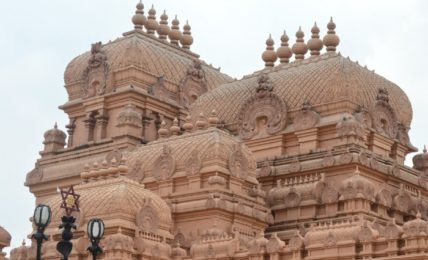What is Dharma?
Unique to the Indic world-view is the understanding that as one grows inwardly and spiritually so does one’s understanding of one’s dharma. In a progressive revelation dharma appears self-evident and obvious in an intuitive, vigyanamaya, understanding, that is not just mental, yet not infra-intellectual. For example, the entire Gita is an unveiling to Arjuna of his dharma through the eighteen chapters of instructions by Sri Krishna. If one might say that the Gita is a manual of the progressive unveiling of one’s dharma, one would not be incorrect.




